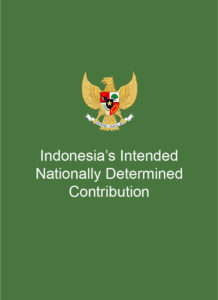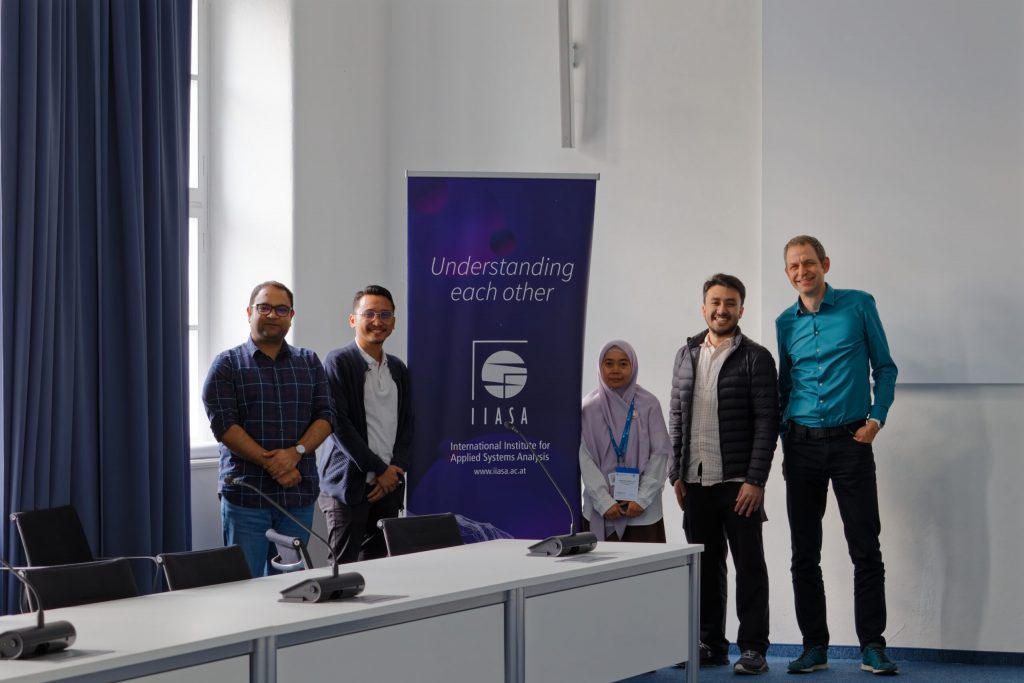State Climate Action
Indonesia bases their climate action through their Long-Term Strategy for Low Carbon and Climate Resilience 2050. In the Annex 2 of the ENDC, Indonesia also mentioned several key programs in 3 separate areas related to climate adaptation efforts. These areas are Economic Resilience, Social and Livelihood Resilience, and Ecosystem and Landscape Resilience. In addition, the Indonesian Government and International Partner Groups (IPG) also signed the Indonesian Just Energy Transition Partnership to mobilise financing to support the country’s energy transition.
 NDC Document
NDC Document
Source: UNFCCC NDC – Indonesia
Indonesia has committed to reducing unconditionally 29% of its greenhouse gas emissions against the business-as-usual scenario by the year 2030. The BAU scenario is projected approximately 2,869 GtCO2eq in 2030 which is updated from the BAU scenario on the INDC due to the current condition of energy policy development in particular in coal-fired power plants.




